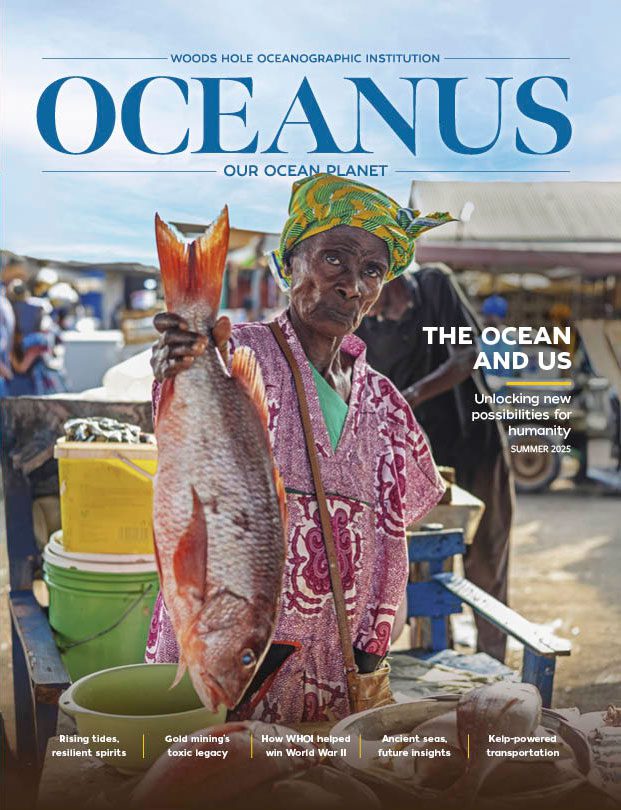Fukushima Radiation
What is the impact of the Fukushima nuclear plant wastewater discharge?
Japan says it’s safe to release radioactive Fukushima water—so why are its neighbors freaking out?
Despite opposition, Japan may soon dump Fukushima wastewater into the Pacific
Japan to release contaminated Fukushima water into sea after treatment
The first release of water will take place in about two years, giving plant operator Tokyo Electric Power time to begin filtering the water to remove harmful isotopes, build infrastructure and acquire regulatory approval.
10 Years After Japan’s Fukushima Daiichi Meltdown, I’m Still Worried | Opinion
It’s been encouraging to watch the marine life rebound without the pressure of local fisheries.
A decade after Fukushima nuclear disaster, contaminated water symbolizes Japan’s struggles
Running out of space to build more tanks, the government wants to gradually release the water into the sea – after it has been decontaminated and diluted – over the next three decades or more.
Environmental groups will do their own tests of radioactive wastewater from San Onofre
The Surfrider Foundation and the Woods Hole Oceanographic Institution’s Our Radioactive Ocean initiative will do independent water quality testing at San Onofre State Beach after radioactive wastewater releases from the retired San Onofre Nuclear Generating Station.
Should Japan dump radioactive water from Fukushima into the ocean?
Around 1.2 million tonnes of water contaminated by radioactive substances from the 2011 Fukushima nuclear disaster will be dumped in the Pacific Ocean, as part of a plan expected to be approved by the Japanese government within weeks.
Looks Like Japan Is Going Ahead With Plan to Dump Radioactive Fukushima Water Into the Ocean
A study from WHOI published in August, warned of the possibility that other potentially hazardous contaminants in the wastewater, namely carbon-14, cobalt-60, and strontium-90, could still be released into the Pacific Ocean.
Looks Like Japan Is Going Ahead With Plan to Dump Radioactive Fukushima Water Into the Ocean
A WHOI study published in August, warned of the possibility that other potentially hazardous contaminants in the wastewater, namely carbon-14, cobalt-60, and strontium-90, could still be released into the Pacific Ocean.
Radioactive liquid effluent releases at San Onofre: how worried should we be?
After dozens of inquiries from concerned community members and panicked parents about the actual risk and health impacts, we think it’s time we should all educate ourselves about this confusing and complex realm of radiological exposure in our environment. To help in this endeavor, we reached out to Dr. Ken Buesseler, a senior scientist at the prominent Woods Hole Oceanographic Institution.
Our Radioactive Ocean: Ken Buesseler
WHOI Scientists Find New Source of Radioactive Fukushima Materials
mentions WHOI
New source of radioactivity from Fukushima disaster found
Beaches found releasing radioactive cesium into ocean 60 miles from Fukushima
quotes Ken Buesseler
An Unexpected Source Of Radiation Has Been Found Near Fukushima
Fukushima’s Radioactive Waste Is Leaking From an Unexpected Source
Scientists Discover New, Unexpected Way Fukushima Is Polluting the Ocean
Radioactive material from Fukushima disaster turns up in a surprising place
Fukushima Nuclear Waste Could Be Dumped in Pacific Ocean
quotes Ken Buesseler and mentions WHOI
Fukushima radiation not cause for alarm in US
quotes Ken Buesseler and mentions WHOI
The Eric Factor: Radiation is not spreading across the Pacific
mentions WHOI
Alaska seafood is radiation free
mentions WHOI
The Nuclear Option: How will we power the planet without wrecking the climate?
features Ken Buesseler (at about 18:45)


